Frankenstein Meets The Wolf Man, Son Of Dracula (1943)
Directed by: Robert Siodmak, Roy William Neill
Written by: Eric Taylor, Kurt Siodmak
Starring: Bela Lugosi, Ilona Massey, Lon Chaney Jnr, Louise Albritton, Patrick Knowles, Robery Paige
Two grave robbers break into the Talbot family crypt and open the coffin of Lawrence Talbot, who was buried with lots of money. As they do so, the full moon shines in and Talbot is not only alive but transformed into the Wolf Man. He soon dispatches one of the grave robbers, the other fleeing the scene. Talbot awakes in his human form to find himself in an asylum, recovering from an operation performed on him by Dr Frank Mannering, who is trying to cure him of his murderous instincts, but Talbot just wants to die. When the nocturnal killings continue, Talbot escapes the asylum and finds Maleva, the old gypsy woman who was the mother of the person who originally bit him and turned him into a werewolf. She tells him that a certain Dr. Frankenstein may know how to end his life and they set off to find him….
If you’re a monster fan, there will be times where you think that there is nothing cooler than having more than one monster in the same film, and especially when they fight! Frankenstein Meets The Wolf Man was the first movie to pit two creatures against each other, a concept of course taken to extremes with the Godzilla movies but then there was also Freddy Vs Jason and lots of fantasy epics from Ray Harryhausen where you would usually end up with two monsters clashing, while The Monster Squad and Van Helsing are clearly inspired by this very movie. Actually the battle between the Frankenstein Monster and the Wolf Man only takes up a couple of minutes at the end, so it may disappoint newcomers expecting lots of brawling, but Frankenstein Meets The Wolf Man is an extremely entertaining movie that moves at a very fast pace which almost atones for it having the silliest story in the series yet. I think few will claim it as one of the best, but one of the most sheerly enjoyable?….yes I think so!
Kurt Siodmak was enlisted to write the script for Frankenstein Meets The Wolf Man, and, partly because of much anti-Nazi propaganda at the time, removed any references to Germany, this time setting Frankenstein’s castle in a place called Vasaria, though not making it clear if Vasaria is a country or a town. Now it has been claimed that Lon Chaney was going to play both monsters; I personally find this hard to believe. In any case, Bela Lugosi, who had turned down the role of the Frankenstein Monster back in 1931, agreed to play the Monster, seemingly an appropriate choice seeing as the Monster ended up with the voice of Lugosi’s Ygor at the end of The Ghost Of Frankenstein. However the 60 year old Lugosi, who was in ill health and even collapsed during filming due to exhaustion, had much of his part filled in by stuntmen Gil Perkins and Eddie Parker. Preview audiences laughed at Lugosi’s Monster speaking with his thick Hungarian accent, despite it being appropriate considering he had Ygor’s brain, so all scenes with him talking were removed, except for a few shots where you see his mouth moving but nothing actually coming out. In doing so, they removed the information that the Monster is blind, making him just look stupid as he stumbles about with outstretched arms, and removed most of the rather interesting relationship between Talbot and the Monster. The public didn’t seem to mind though, flocking to this installment.
I have read the deleted scenes in script form, and there is no doubt in my mind that the movie would have been far better if they had been left in. At one point the Monster [or if you like Ygor, though in the finished print all references to him were cut too and further sequels did not mention him either, a particularly good example of bad continuity] talks of world domination, while Talbot talks poetically of finding release in death. Vintage horror fans have dreamed of the day the cut scenes are restored, but it won’t happen because they seem to be lost for good. A shame, because the film we have here is very good when it’s about the Wolf Man, but not so good when it is about the Monster, who is actually only on screen for about ten minutes anyway, and some of that strapped to an operating table. Even in the original script, the Monster doesn’t really do anything, and it is a shame that out of the whole Universal Frankenstein series, only the first two movies really did something with the Monster and portrayed a creature close to that envisaged by Mary Shelley. Only a few scenes from the later movies, such as those with the little girl in The Ghost Of Frankenstein, show this more sympathetic and interesting Monster.
Still, Frankenstein Meets The Wolf Man races through its story right from the word go, getting the Wolf Man out there and killing people immediately. The opening with the grave robbers is full of suspense and ends rather scarily with a shot of the Wolf Man’s hand coming out of the darkened tomb to grab the arm of one of the robbers. There’s a surprisingly effective jump scare when he looms out of the dark to kill a policeman in the town a couple of scenes later, and we get to see a full-on transformation this time, though I would have liked to have seen him chew his straight-jacket off, something we just hear about. The gloomy fatalism of The Wolf Man is even stronger here as Talbot just wants to die and cannot, and the first half of the film finishes with a cracking chase where the typical torch-bearing townsfolk are hunting Talbot. After this, we have a pointless musical interlude in Vasaria, some plotting which is predictable, and some plotting which is just plain silly. It’s hard enough to swallow that Frankenstein had two previously-unmentioned sons, but here we learn he had a daughter, Elsa, and one who for once speaks with a German-like accent [Ilona Massey was Austrian]. We also see that Frankenstein’s castle is now near a waterfall, just so the waterfall can feature in the climax, and what are Elsa and Dr Mannering really trying to achieve at the end? Actually, come to think of it, why on earth is the Monster found encased in ice when he was consumed in a fire?
Yes, the script for this one really does become more and more ridiculous, and this is a shame as it started off really good. Of course, if you haven’t seen this movie, you want to know if the final fight is worth it, and I would say that it is, despite its brevity, with the Wolf Man using his agility and the Monster using his strength. As the fight is interrupted by some neat special effects involving that waterfall, you never find out who wins though. Perhaps this was a wise decision. Now Lugosi’s performance as the Monster has been heavily criticised, but, bearing in mind he is playing both Ygor and the Monster together, I think he does an okay job. His evil smirks are quite spine chilling and of course if you know he is supposed to be blind than he depicts that very well. Poor Lugosi really got screwed over with this movie; he was able to play the Monster with dialogue, was then blamed when that supposedly didn’t work and ‘required’ cuts, but was then still blamed for the poor depiction of the Monster in the final cut. It is hard to criticise Lon Chaney in this movie though, who had really grown into the role of the tragic Talbot and certainly improves on his performance in The Wolf Man, giving it more depth and sympathy.
Roy William Neill, just coming off the first of the many Sherlock Holmes films he would make for Universal, gives the film plenty of atmosphere, at least in the first half, though there is obvious re-use of The Wolf Man’s forest set and the elaborate matte painting of Vasaria is actually from My Little Chickadee. Ilona Massey shines as she did in Invisible Agent though her love interest Patrick Knowles is as wooden as he was in The Wolf Man. It’s nice to see Dennis Huey, Lestrade in the afore-mentioned Holmes movies, playing another inspector but a rather more competent one. Frank Skinner’s score is basically The Wolf Man’s with a bit of The Ghost Of Frankenstein’s mixed in; it does the job and the way some pieces have been adapted or combined is quite clever, almost feeling like a new score at times. Frankenstein Meets The Wolf Man might be the most fun of all the 40’s Universal pics – at least of the Frankenstein series – if not quite the best.
Dark Oaks, a plantation in the Deep South ran by Colonel Caldwell, is expecting a visitor; Count Alucard, a Hungarian nobleman who Kay, one of the Colonel’s two daughters, met whilst on holiday in Hungary and invited him to her home. On the night of his arrival, only Alucard’s baggage arrives on the train; no Alucard. Kay has changed recently, seeming distant to her fiancée Frank Stanley and expressing a morbid curiosity with the supernatural. She visits Madame Zimba, a Hungarian fortune teller whom she had brought back to America. Zimba warns her that Alucard is not who he says he is and that death looms over Dark Oaks, before dying of shock upon seeing a bat. Later that evening, the Colonel is found dead, supposedly of a heart attack but bearing two puncture marks on his neck. Kay now inherits the plantation, but seems to be only interested in Alucard, who now has no bones about showing himself, and whose name spelt backwards is….
I doubt that anybody would claim Son Of Dracula as one of the very best of the Universal horror series, but I have always had great love for it. The main reason for this is that it was one of only two to actually scare me a little when I first saw it as a child [readers familiar with these movies will probably laugh when I get to the second one, but never mind!], namely a couple of scenes in the final third which I will mention in more detail later. I distinctly remember the shivers I felt down my spine even now, and laugh if you may, but these were the first horror movies I ever got to see and watched many of them without my parents knowing, sneaking downstairs after they had gone to bed and consequently being very edgy! Actually Son Of Dracula is rather an interesting movie with a story that has some originality to it, and, whilst a bit lacking in horror scenes [though what remains is very good], has a rather compelling dark romanticism about it. In many ways, it’s a strange and twisted love story more than anything else, with a pessimistic feeling of dread that you can almost touch. There is also almost no humour.
Son Of Dracula was the only non-Mummy entry of the series to bring a monster to the United States. Kurt Siodmak only wrote the treatment, with Eric Taylor writing the actual screenplay, though it seems to me that there is a great deal of Siodmak in the script, such as when Alucard says; “My land is dry and desolate. The soil is red with the blood of a hundred races. There is no life left there. Here you have a young and vital race”. This seems like a poke at Nazism with its racism and its idea of a ‘pure race’. Kurt’s brother Robert Siodmak was chosen to direct. He had been a fairly unremarkable director before Son Of Dracula, but afterwards became a good maker of film noirs and the classic ‘proto-slasher’ gem The Spiral Staircase. Of course Lon Chaney had to play the title character as he had played the other three major Universal monsters though it was clearly a role that did not fit him. The film did predictably well though I feel that the critics were particularly wrong about this movie, because they seemed to focus on the miscasting of Chaney and not on the unique aspects of the story and its characters.
Now I shall say now; the title is misleading. It is never mentioned that Alucard is Dracula’s son, though it also never made clear exactly who he is. At one point he is said to be Dracula, at another point he is said to be a descendant of his and that Dracula died in the Middle Ages [totally ignoring Dracula]. Whoever he is, he’s a bit of an idiot calling himself Alucard, which is of course Dracula spelt backwards, something that several characters seem to notice almost immediately. I would say that he is Dracula, considering that the movie has distinct elements of Bram Stoker’s original novel and thereby comes across as a rather weird remake of the 1931 movie. It also has distinct elements of several film noir stories especially Double Indemnity, with its duplicitous dame and what she does, even the way the tale develops. Imagine Dracula [well, I’ll call him that from now on] as the hero of the piece, and the story becomes amazingly similar. I certainly don’t think this is a problem, as the whole film has a film noir look to it. Son Of Dracula is without a doubt the best looking of all the 40’s entries, cinematographer George Robinson making gorgeous use of shadows and areas of darkness throughout. Especially impressive is the way characters are often lit as to their position in the story.
Son Of Dracula progresses as a kind of mystery for some of the time, albeit a mystery to which we know most of the answers, and for me there are too many dull scenes of two detectives and the Van Helsing-substitute Professor Laslo trying to figure things out. The story really becomes intriguing though, especially when concerning Kay, who wants the plantation for herself and appears to be in love with Dracula but is actually using him to become immortal so she can make Frank, whom she really loves, immortal. It’s odd to see Dracula being used as a pawn, and a character he begins to vampirise arranging to be killed by the film’s ‘hero’ and not being under his control. Even more odd is that Kay, despite seemingly being the chief villain of the piece, remains slightly sympathetic throughout. Her love for Frank seems genuine, and we never hate her. Her haunted, death-obsessed character is a great one, a bit scary, a bit nasty, but a bit alluring and fragile too, whether dead or alive. As for Frank, it’s quite painful seeing him continue his love for Kay even when she is a vampire, and start to carry out her wishes. It is the two scenes in which she visits him in his prison cell which creeped me out as a kid. They still have considerable atmosphere and are sold by the strong performances of Louise Albritton, who has an uncanny look to her and looks the great film noir star in her dazzling dresses but never really made it big, and Robert Paige, who transmits his character’s torment very well. Add to this necrophilia a surprisingly nasty bit of a bat nibbling at Robert, and you have a slightly more daring film than you might think.
There are more special effects than the previous Dracula films, and Dracula’s dissolves into a bat or a mist are nicely managed by John P.Fulton. Dracula has a fantastic first entrance, as we see his coffin rise to out of a swamp and a mist come out of the coffin turning into Dracula, who is somehow able to make the coffin move to where Kay is waiting on the bank. Lon Chaney is in no way the suave, sexy character we expect Dracula to be, but, even though criticisms of miscasting are certainly valid, and he certainly does not look the part being far too well built, I’ve actually grown to like his Dracula over the years. He seems to be more of a brutal force of nature and is given several opportunities to show his great strength in a way that foreshadows Christopher Lee’s Dracula. And very occasionally, he seems to indicate that Dracula, too, is in some kind of torment. When he attacks, his features seem to be sad, even pained. I think that Chaney tried hard with his portrayal of Dracula, even if he may not have been suited for it, and it shows that, when he wanted to, he really was quite a good actor.
The plantation setting is very evocative and it does actually seem like the film was shot in Louisiana or Mississippi though of course it was actually shot on Universal’s back lot. Out of the cast members I have not yet mentioned, Evelyn Ankers puts in an okay appearance but isn’t given anything to do and is totally overshadowed by Albritton. Hans J. Salter’s score has the odd previously used cue , including one from The Wolf Man which seems to be constantly reused in these 40’s films, but it’s mostly original work and nicely combines his usual style of scoring with weird organ oscillations whenever Dracula is on screen. Most interestingly, he uses a heavily romantic piece for the final scene, where Frank does what he needs to do, the music emphasising the emotion rather than the action. nd that seems appropriate, seeing that it is emotion that seems at the heart of Son Of Dracula. It’s not an all-out classic, but it certainly stands out for me.

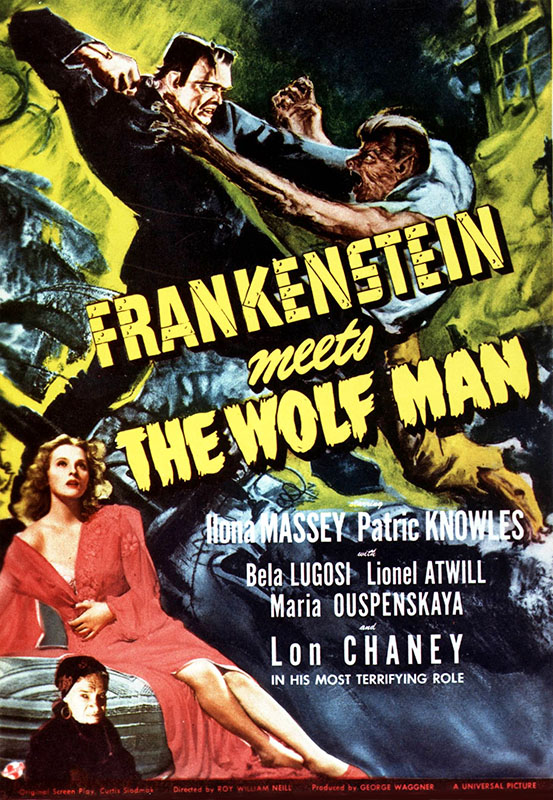
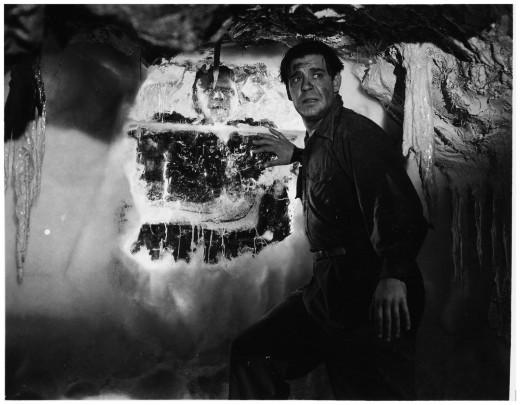
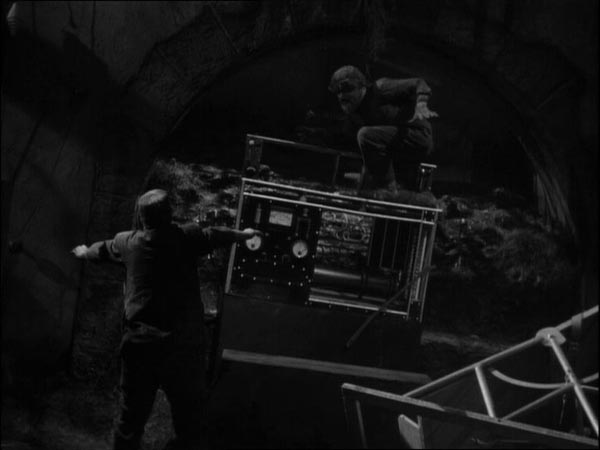



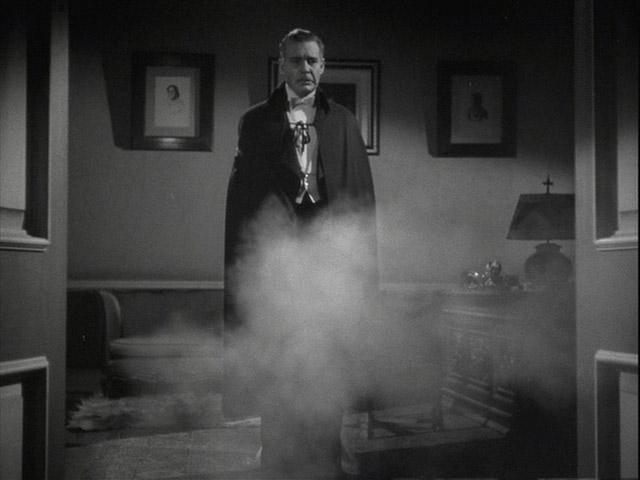



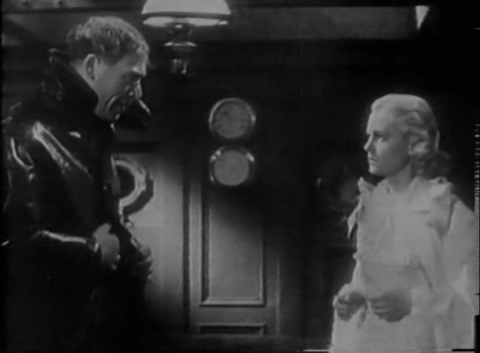
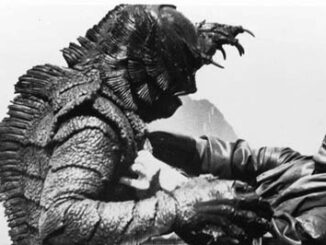
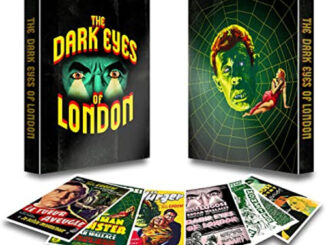
Be the first to comment